Matching Edtech Products With Neurological Learning Goals
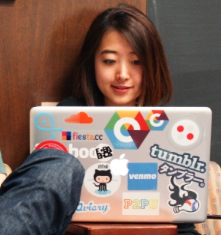
This post can help you make a list of what you want from edtech digital tools that will best suit your goals and are most consistent with neuroscience research correlations about how the brain most successfully processes information. The word edtech refers to educational technology that includes online learning activities through games, websites, computer-assisted instruction,… Read More ›
School Superintendents Association Calls for Shift to Personalized Learning in Public Policy Agenda
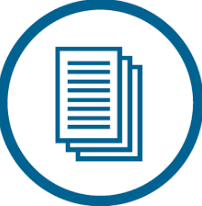
This article elucidates the public policy unveiled by the Connecticut Association of Public School Superintendents for 2016, reflecting its vision of schools that teach students to demonstrate mastery and receive more funding from the state. The organization identified three themes to advocate in 2016: equity, excellence, and innovation, with an emphasis on seeing a shift… Read More ›
The Difference Between Blended Learning and Personalized Learning, and Why it Matters

This article is about ending one-size-fits-all education. At LEAP Innovations, personalized learning is defined as learning anytime, anywhere—that is focused on, paced for, and led with the learner, and designed around each individual learner’s needs, strengths, interests, and goals. Blended learning is defined as teaching and learning infused with technology to better inform and direct the… Read More ›
Promising State Policies for Personalized Learning
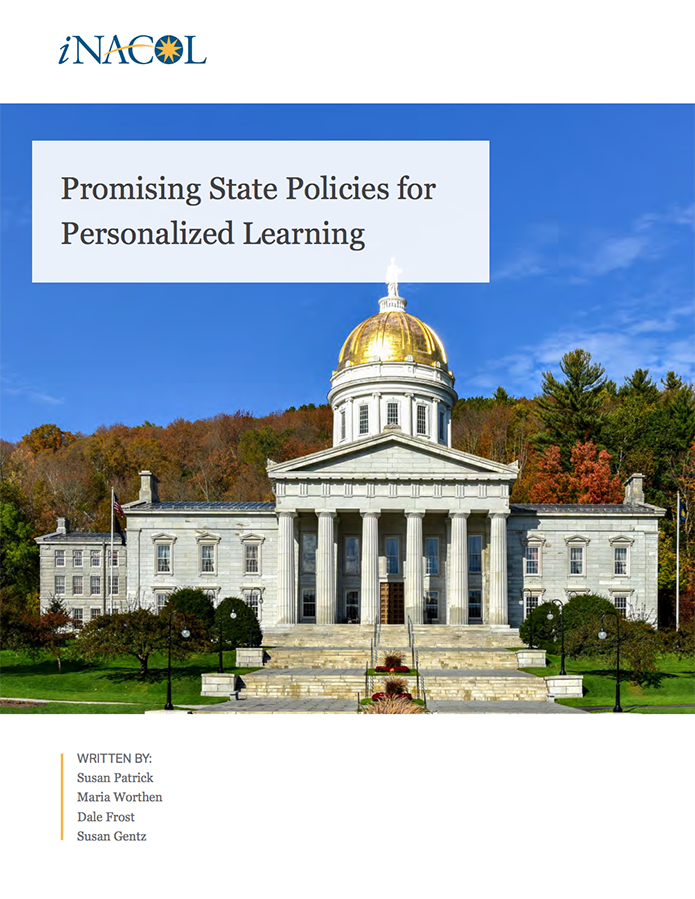
This report from The iNACOL Center for Policy Advocacy provides state policymakers with an overview of the policies that support student-centered personalized learning. As schools and districts look to grow student-centered initiatives, they may encounter policy barriers such as seat-time restrictions, graduation requirements, licensure requirements, funding rules, curriculum policies, and assessment and accountability requirements. The… Read More ›
How Cross District Collaboration is Driving Personalized Learning in Rhode Island

Over the past two decades, schools across the country have joined a national movement to integrate digital and face-to-face personalized learning — also known as blended instruction–into their curriculums. At the Highlander Institute in Rhode Island, we help schools and districts make these transformations and provide learners with the support they need to thrive… Read More ›
When Celebrating Learning Differences is at the Heart of School Culture

This article explores how Individualized Education Programs (IEPS), typically created for special education students, can be a used as a model for all students and make personalization on a large scale easier and more accessible to all students. When special education teachers create IEPs for students with learning differences, a variety of professionals come together with… Read More ›
Blended, Project-Based, and Social Emotional Learning at Thrive Public Schools
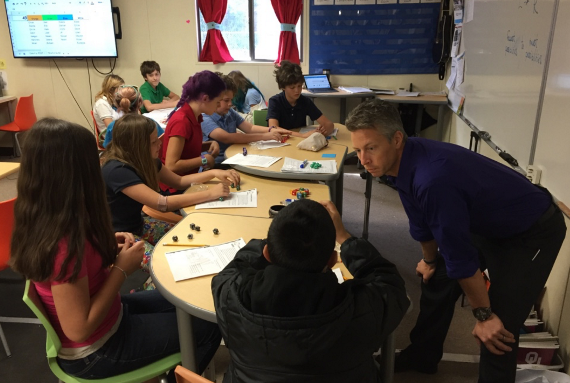
This article explores how Thrive Public Schools in San Diego is creating a student-centered learning environment for its students. Thrive, a 200 student K-8 school, has a makerspace where students build stuff and work out marble trajectories, and gives a glimpse into the future of learning—blended, personalized, and competency-based. The article includes tools, ideas for implementation… Read More ›
Deeper Learning Under ESSA: Seven Priorities

This post originally appeared on Education Week’s Learning Deeply blog on behalf of Jobs for the Future. Authored by Rafael Heller, principal policy analyst for Jobs for the Future. Ask three policy wonks what they think of the Every Student Succeeds Act (ESSA), and you’ll likely get four or five answers. At recent meetings and… Read More ›
Student-Centered Learning Opportunities for Adolescent English Learners in Flipped Classrooms
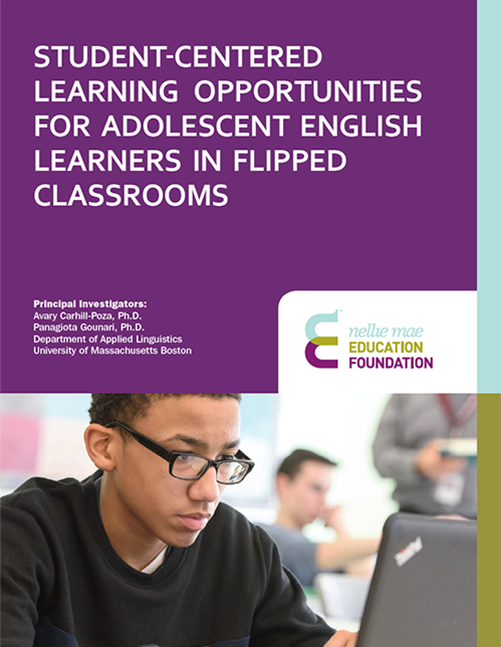
This study from the University of Massachusetts-Boston and the Nellie Mae Education Foundation examines how flipped learning can be utilized to improve the language and content acquisition of adolescent English language learners. As schools look to raise standards and close achievement gaps, they need effective strategies for serving English language learners, the fastest-growing segment of… Read More ›
How Effective Are ‘Career Academies’?

This article, written by Melinda Anderson, explores the benefits and the disadvantages of career academies. The article asserts that while these schools-within-schools blend traditional and technical courses to smooth the transition from high school to working life, they may be inadvertently propagating inequality. Career academies embrace many positive approaches such as strong personalized-learning environments, a… Read More ›
Better Math Teaching Network
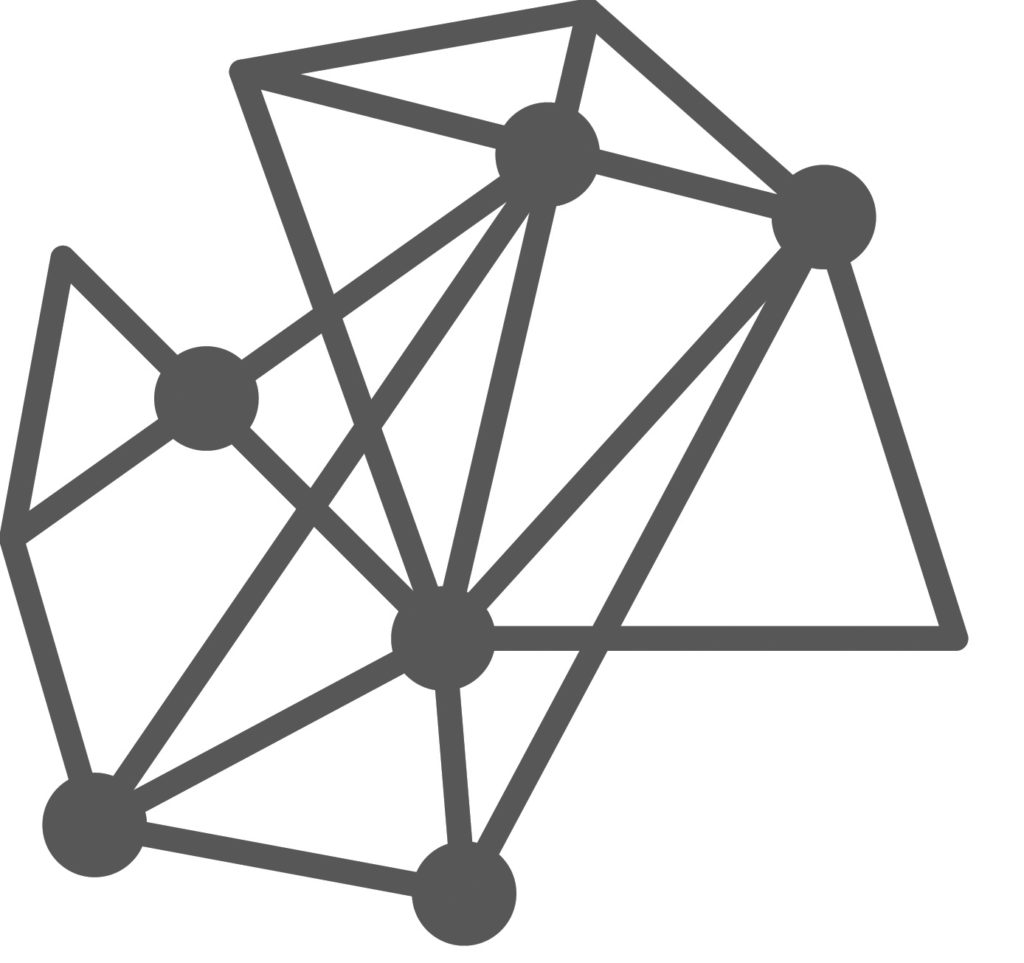
The Nellie Mae Education Foundation has partnered with the American Institutes for Research to create the Better Math Teaching Network for Algebra I teachers in New England. The NIC (Networked Improvement Community) will work together with researchers and practitioners to use tested best practices to continually improve their craft around teaching student-centered math. They are… Read More ›
Hacking, Innovating, and Failing Well—How Tech Sector Principles Can Revolutionize Education Workplaces

This opinion piece by Barnett Berry, founder and CEO of the Center for Teaching Quality, uses Google’s principles of innovation to examine three key ways the technology sector can help schools maximize teacher expertise. He asserts that technology can transform teaching and learning, not through typical approaches, such as apps for students; but with revolutionary organizational designs that… Read More ›